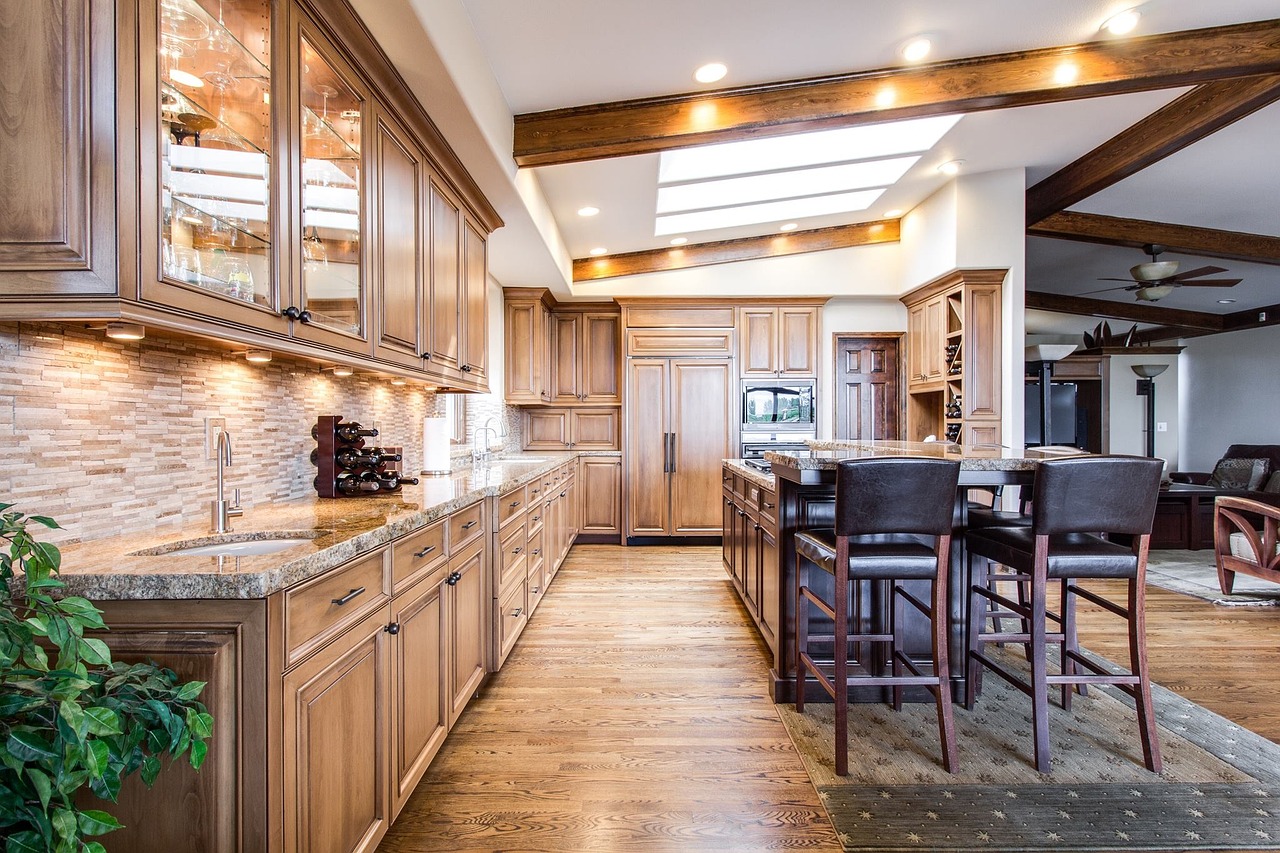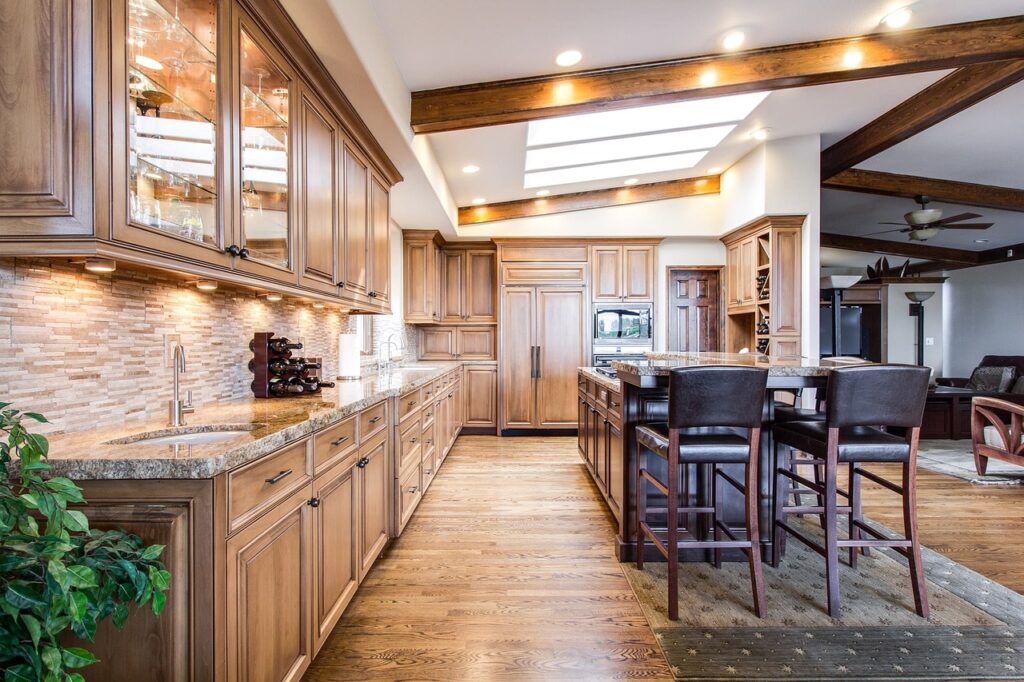
Understanding The Role Of Acoustics In Modern Building Design
If you’ve ever stepped into a modern building and marveled at how quiet and peaceful it feels, you have acoustics to thank. Acoustics, the science of sound, plays a crucial role in creating comfortable and functional spaces. Understanding the principles of acoustics is essential for architects, interior designers, and engineers involved in building design.
By employing soundproofing techniques and materials, they can ensure that unwanted noise is kept at bay, allowing occupants to focus and concentrate. But acoustics isn’t just about eliminating noise; it’s also about creating immersive audio environments. Whether it’s a concert hall, a cinema, or a conference room, acoustics can enhance the listening experience, making it more enjoyable and memorable.
In this article, we will delve into the fascinating world of acoustics, exploring its principles, terminology, soundproofing techniques, and the art of designing for speech intelligibility. Get ready to discover how acoustics shapes the modern buildings we inhabit every day.
The Science of Sound Waves
Did you know that sound waves can travel through different mediums, allowing us to hear the world around us? Understanding the science behind sound waves is essential when it comes to acoustics in modern building design.
Sound waves are created when an object vibrates, causing the air particles around it to vibrate as well. These vibrations then travel through the air or other mediums, such as liquids or solids, until they reach our ears.
The pitch and volume of a sound wave depend on its frequency and amplitude, respectively. Acoustics experts use this knowledge to design buildings with optimal sound quality, minimizing echoes and background noise.
By understanding the science of sound waves, architects and engineers can create spaces that enhance our auditory experience.
Acoustic Principles and Terminology
Imagine yourself walking into a beautifully designed space where every sound is carefully controlled and managed to create the perfect acoustics. As you step inside, you immediately notice the absence of any unwanted echoes or reverberations.
This is all thanks to the application of acoustic principles and terminology in the design process. These principles involve understanding how sound behaves in different environments and using that knowledge to manipulate it for optimal sound quality.
One important term in the field of acoustics is absorption, which refers to the ability of materials to absorb sound energy rather than reflecting it. Another crucial concept is diffusion, which involves scattering sound waves in multiple directions to avoid any focused or concentrated sound sources.
By incorporating these principles and using the appropriate terminology, architects and designers can create spaces that not only look stunning but also sound amazing.
Soundproofing Techniques and Materials
As you step into the beautifully designed space, you’ll immediately notice how soundproofing techniques and materials have been expertly utilized to create a truly immersive acoustic experience.
The use of soundproofing materials such as acoustic panels and insulation helps to reduce the transmission of sound between rooms, ensuring that unwanted noise is kept to a minimum.
Additionally, double-glazed windows and doors are commonly used to block out external noise, creating a peaceful and quiet environment inside.
Another technique used in modern building design is the incorporation of sound-absorbing surfaces, such as carpets, curtains, and upholstered furniture, which help to absorb sound waves and reduce echo.
By implementing these soundproofing techniques and materials, architects and designers are able to create spaces that not only look stunning, but also provide optimal acoustic conditions for a wide range of activities.
Designing for Speech Intelligibility
When you step into this expertly designed space, you’ll immediately notice how the speech intelligibility has been prioritized, creating an immersive acoustic experience where every word is crystal clear.
Designing for speech intelligibility involves careful consideration of various factors. First, the layout of the space is crucial. The placement of speakers and microphones should be strategic to ensure optimal sound transmission.
Additionally, the selection of materials plays a significant role. Absorptive materials, such as acoustic panels and carpets, can reduce excessive reverberation and echo, improving speech clarity.
Furthermore, background noise should be minimized through the use of soundproofing techniques like double-glazed windows and insulated walls.
Finally, advanced technologies, such as digital signal processing, can be implemented to enhance speech intelligibility further. By integrating these elements, architects and designers can create spaces that prioritize effective communication and provide an exceptional acoustic experience.
Creating Immersive Audio Environments
Step into this expertly designed space and be transported into a captivating audio world that surrounds you with immersive sound.

Creating immersive audio environments is a crucial aspect of modern building design, as it enhances the overall experience for users. Through the strategic placement of speakers and the use of advanced acoustical techniques, these environments allow you to feel fully immersed in the audio content.
Whether you’re in a movie theater, a concert hall, or a virtual reality experience, the goal is to make you feel like you’re a part of the action. The carefully calibrated soundscapes and the seamless integration of audio elements create a sense of presence and realism that can truly transport you to another world.
With immersive audio environments, the possibilities for creating unforgettable experiences are endless.
Conclusion
In conclusion, you now have a deeper understanding of the role of acoustics in modern building design.
You’ve learned about the science of sound waves and the principles and terminology of acoustics.
You’ve also discovered soundproofing techniques and materials that can be used to enhance the acoustic quality of a space.
Additionally, you’ve gained insights into designing for speech intelligibility and creating immersive audio environments.
With this knowledge, you can confidently apply acoustics principles to create optimal sound experiences in your own building designs.

Comments (0)